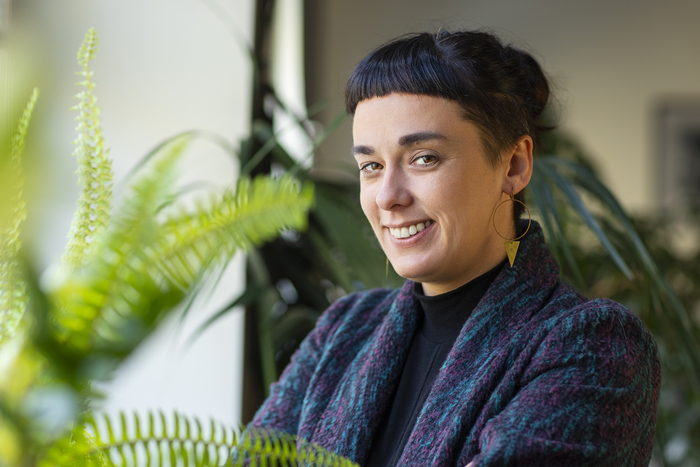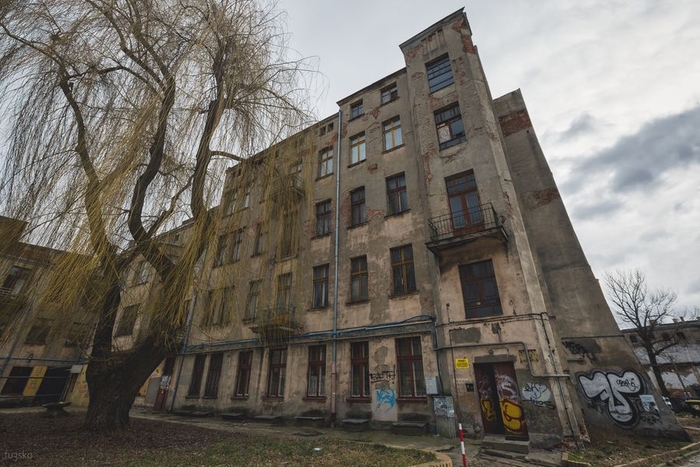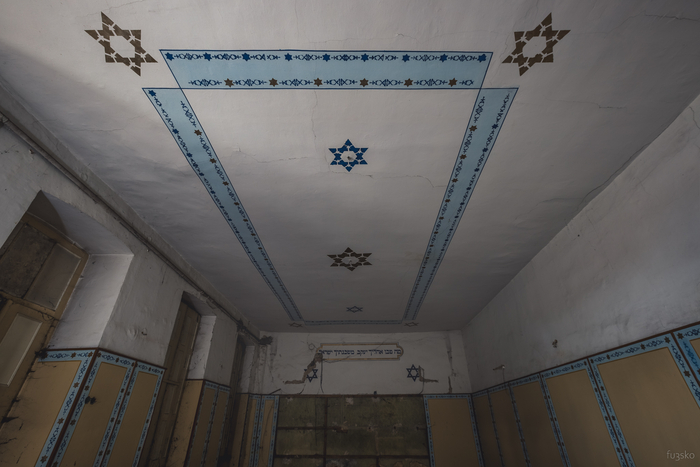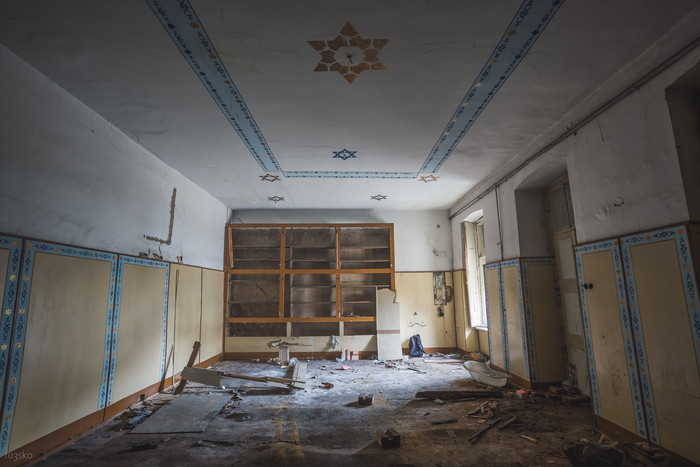
In the context of recent discoveries, which, apart from the most frequently cited aesthetic side, shed new light on the history of an abandoned urban space, the topic of urban exploration returns like a boomerang. What does it look like from the perspective of a researcher?
Abandoned, often empty and degraded places are waiting to be reinterpreted. The production of their visual representations – whether in the form of photographs or films – may be one of the forms of reconstruction. They not only document the progress of entropy of urban spaces, but also become an attempt to re-interpret and reveal urban reality.
What interests the scientific community, and speaking from our point of view – humanists – in the abandoned fragments of urban space?
Researchers dealing with broadly understood contemporary culture and socio-cultural reality (including anthropologists, archaeologists of modernity, historians, sociologists, cultural experts) will be interested in ways of reinterpreting urban spaces, introducing them in discourses and forming specific communities around them. Urban exploring provides many fields for scientific reflection. Starting from the possibility of analysis and interpretation of the creative, visual layer revealed in photographs and films documenting this activity, through the dimension of community experience, and finally to the contestation-political dimension of the right to urban (but not only) spaces.

How does this relate to the discovery at Zachodnia 78?
The formulations contained in the publications referring to the visit of this place by exploiters-social activists (as they define themselves) showed, on the one hand, the way of building a narrative characteristic of this type of activity. "Discovered", "forgotten", "almost unknown" place emphasises the uniqueness of urban exploration as activities that bear and bring unusual features into usual, everyday life – the everyday life of space that seems familiar to us.
However…
In the discourse about this fact, constructed mainly in social media, some of the people point to the inadequacy of the meaning of these terms, which in a way assumes that sacred object existence in this place was not widely known. However, from a research point of view, it may turn out to be interesting how the work of memory caused by such "discoveries" is shaped. Many people speak out when talking about their memories associated with this place. Other layers of interpretation are also emerging – related to the evaluation of the space and the right of specific groups to it.
It is true that such places, contrary to appearances, have not been forgotten at all, the local community is often aware of their existence.

Taking into account that the discovery we are talking about represented historical value, do you think it is worth determining how an urban explorer discovering such a place should behave in this situation?
"Take only photos, leave only footprints" should be the guiding principle during exploration. However, this can vary greatly, as the rule is unwritten and the activities of explorers often go beyond the boundaries of applicable law and accepted customs, especially regarding property. So it's hard to enforce anything. This is how it looks in the broadest context.

Coming across such a discovery, who should I report it to? To maintain neutrality and leave everything as it was, or take and hand over the discovered documents to some institution?
Taking and reporting – it depends on the person who explores and makes the discovery. If its purpose is to document, reveal history and protect broadly understood heritage, then it is worth considering reporting it to appropriate public entities, e.g. the Provincial Office of Monuments Preservation. However, not all places may be within the scope of legal protection. It is important and worth considering whether we should report to the owner or manager of the facility or building when we discover a valuable place, among others in order to secure it. Making the discovery public is associated with its popularisation, and not everyone, as I mentioned at the beginning, can approach the issue of interference in the explored space. Let's also remember about the other side of the coin – by reporting and influencing the security of the place, we block access for other explorers.
Photo: Fu3sko | Facebook
